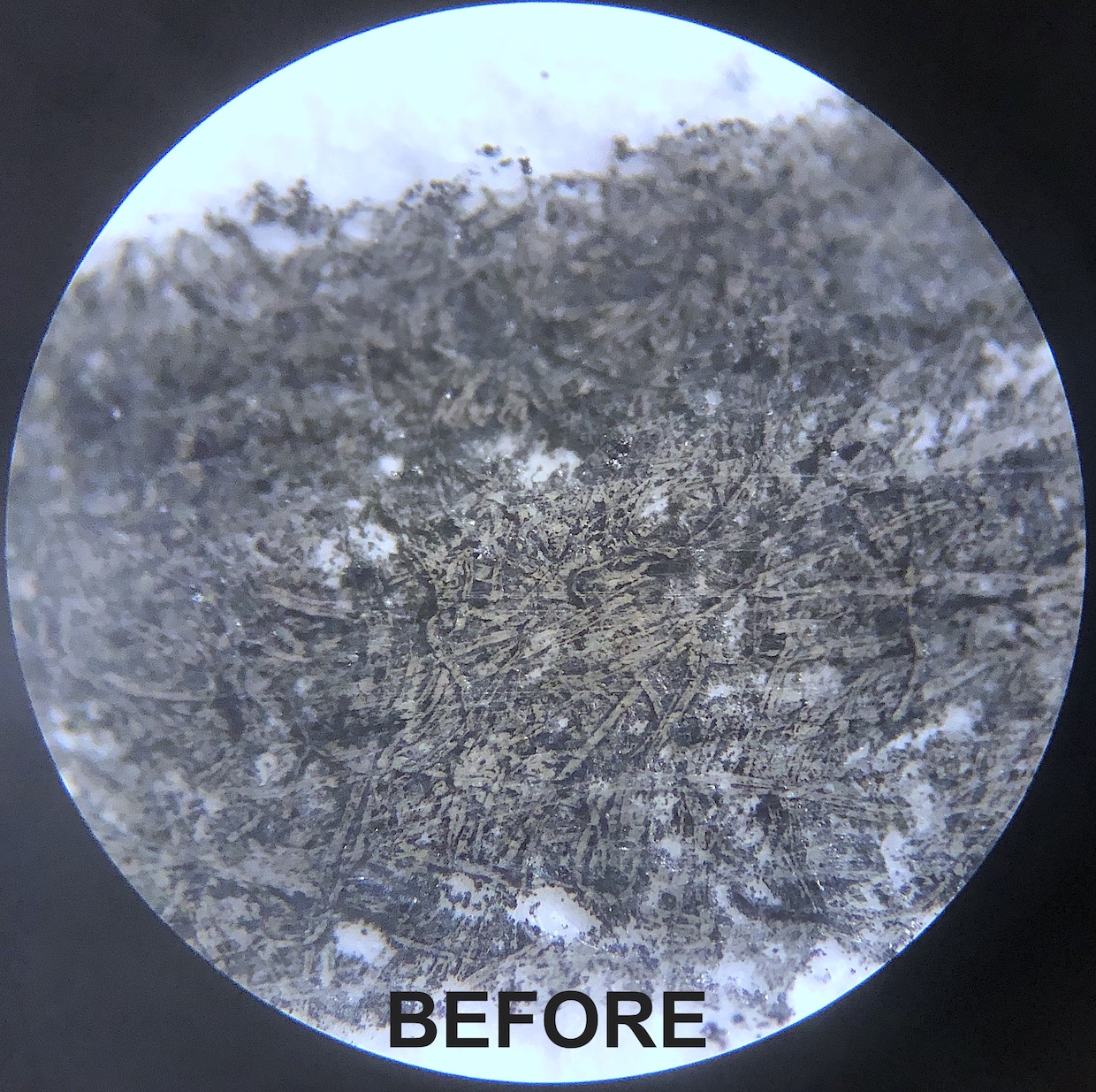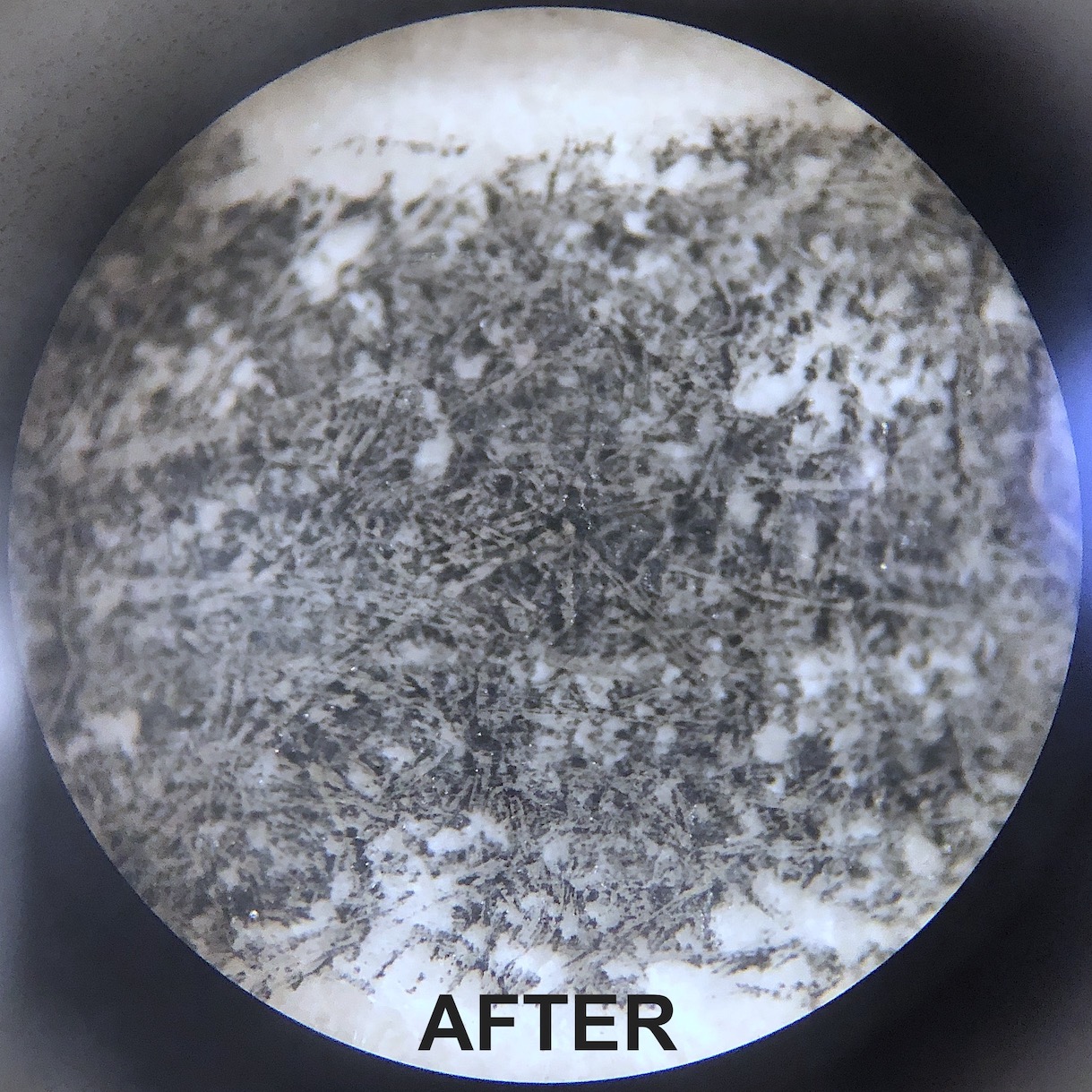A line of pencil graphite on paper creates a conductive path for the discharge from a Van De Graaf Generator to follow.
WATCH THE VIDEO
Teachable Topics
- static discharge
- conductivity
- material science
Theory
Van De Graaf generators are a popular source for creating high static discharge in the classroom. Sparks from the VdG travel from the surface of the metal dome to the nearest source for grounding. In this demonstration, we create a path for the discharge to follow using the conductive properties of graphite.
Drawing a continuous line of graphite on the paper and then placing one edge of the paper next to the VdG dome provides a path to ground. A grounded rod is placed at the other end of the line. As long as the path is continuous and not too long or have too many "discontinuities" (meaning sharp corners or gaps in the path), the spark will precisely follow the path as set out by the initial drawing.
We have found that the path needs to be refreshed every dozen or so spark events as the electricity flowing through the path degrades the graphite on the paper. The graphite appears to disperse gradually, causing the resistance of the line to decrease to the point where the path is no longer a preferred route to ground. Here are the Before & After pictures of the same point on the graphite path as seen under a microscope:
 |
 |
Apparatus
- Van De Graaf Generator
- Plain paper
- soft lead pencil (source of graphite)
Safety
- Ensure all safety precautions while using the VdG generator. Follow all safety guidelines as set out by the manufacturer.
- Make sure VdG is grounded at the end of every run.



